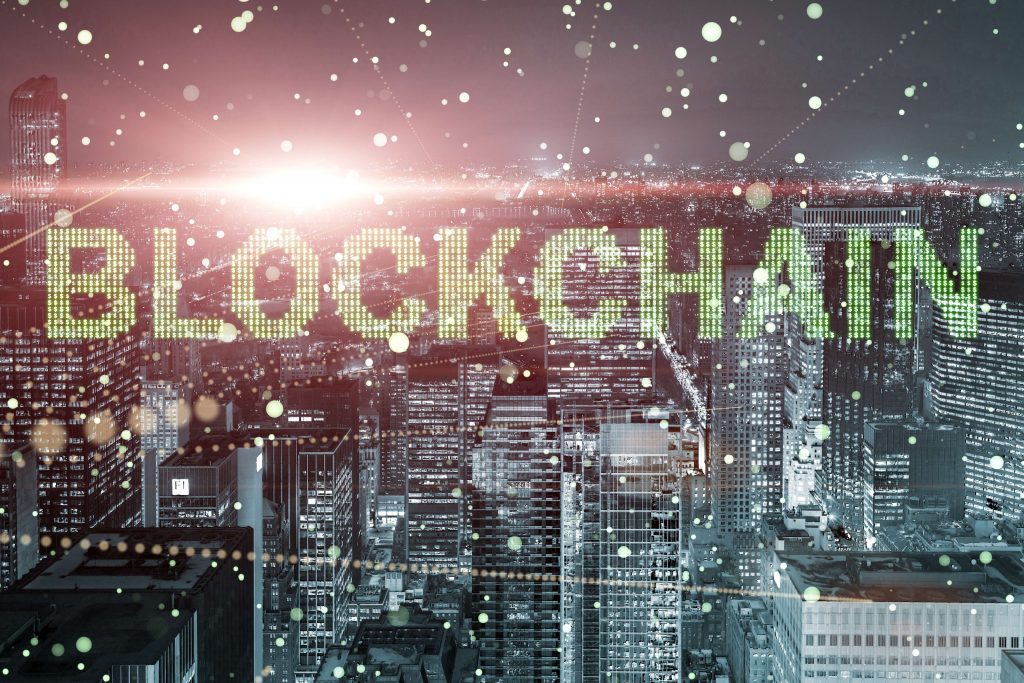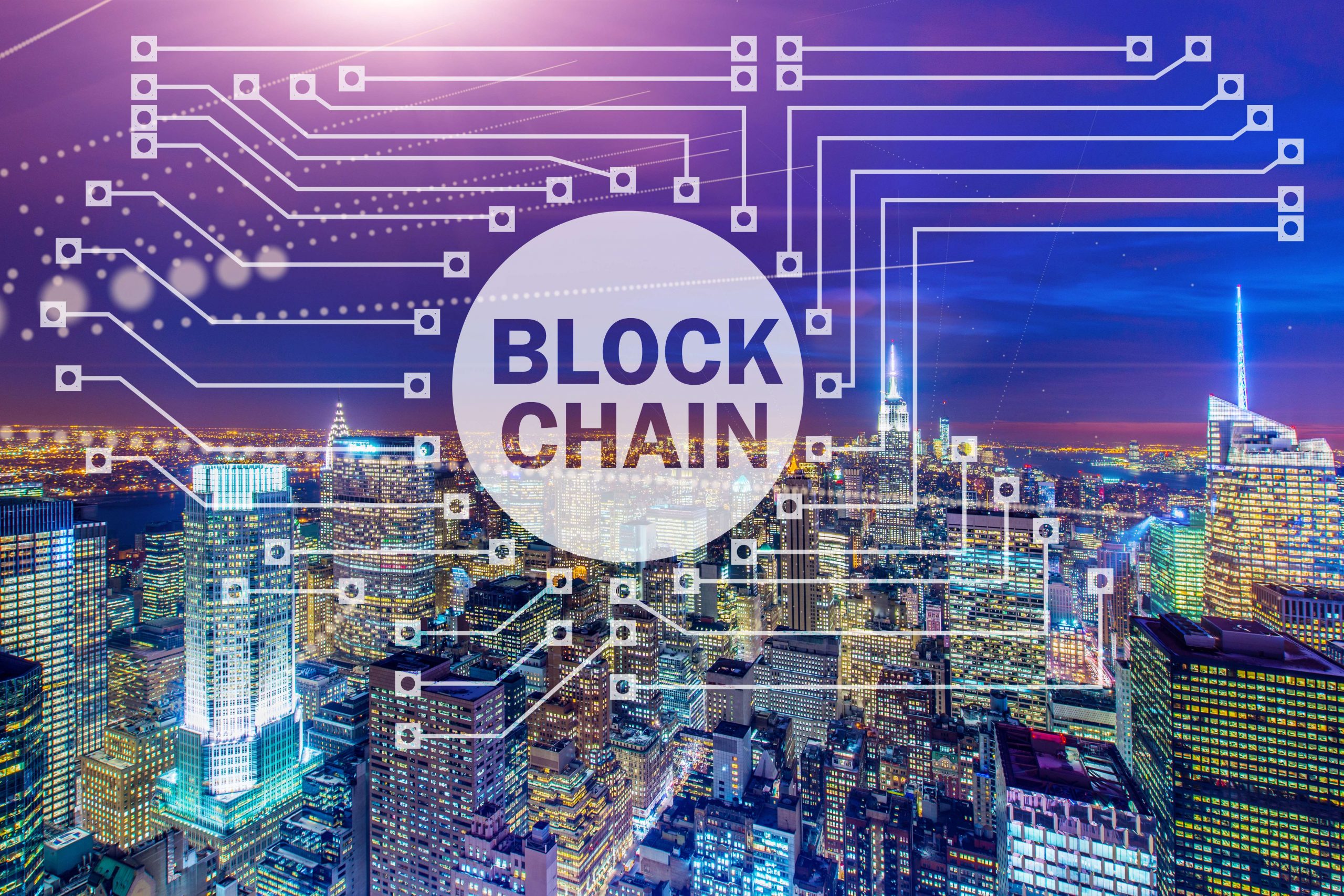Blockchain: what is it?

Blockchain is a cutting-edge technology whose interest has grown along with the popularity of cryptocurrencies. Today it is widely discussed not only in the world of finance. Blockchain is already being tried for the storage and processing of personal data and identification, in marketing and computer games.
Blockchain is a decentralized database that is stored on multiple computers connected to each other on the Internet. In other words, it is the trust of the blocks. This name quite accurately reflects the essence of blockchain. It is compared to a necklace, each bead of which is a block of action, and the chain cannot break. Blockchain is an unbreakable digital action record. Each block represents a specific numeric code but not just a numerical one, and any subsequent block contains information from the previous block. Thus, it should be considered not only as a database but also as a way of encrypting and transmitting data.
What’s the Blockchain for?
Worldwide, this technology is being used extensively to transactions of cryptocurrencies. If you send a cryptocurrency to a blockchain, thousands of computers around the world will confirm and store all the transfer information. The transfer process will take minutes. The money in the blockchain cannot be lost or forged. There are no third parties or intermediaries, and the accuracy of calculations is guaranteed by the mathematical accuracy of the technology.
Blockchain can be used for more than cryptocurrency translation. It’s used in the banking industry, cyber security, identity cards. In fact, it’s just a technology to organize all kinds of data.
One person says that in a few years blockchain will be everywhere. But that doesn’t mean we’re all going to be paying in bitcoin soon. Blockchain is not only a mode of transactions cryptocurrency. it has far more important and promising opportunities. One of them is the management of cities.
More on technology
Blockchain should not be confused with cloud storage technology. And even a database can be described as a stretch. It is not physical information or document that is stored in the system, but irrefutable evidence of the existence of the information and its history. Also at the World Economic Forum, it is said that by 2027, 10% of the world’s gross domestic product will be stored in blockchain chains. Blockchain is also called distributed registry technology because the entire transaction chain and the current owner list are stored on their computers by many independent users. Even if one or more computers fail, the information will not be lost.

Notions entering Blockchain
In simple terms, and more accessible, distributed registry technology consists of:
- Assets. Something of value: e.g., money, property, securities, information. Assets can exist in the real world, like an apartment or a car, or they can be completely digital.
- Transaction. When people transfer assets to each other, it is called a transaction. An asset may be transferred not only from one owner to another, but also from one owner to another.
- The most important in blockchain is the recording of transactions – the fixing of all transitions of an asset or the right to it from one person to another. It is worth considering that all operational risks are unavoidable if the records are kept by specific organizations and the records of transactions are kept in only one place. Blockchain technology reduces such risks because it offers a system of accounting based on distributed registries.
- Registry allocation. The owner’s log is not stored on the network server of one organization. Its copies are updated simultaneously on many independent computers connected via the Internet. As a result, it is not possible to forge registries with owner data. Because this data is stored on computers by a huge number of network members. And to ensure that the information is completely complete and correct for all users, the concept of consensus has been introduced in the blockchain.
- Consensus means that if some network members turn off their computers and part of their transactions will not be reflected or their records are incorrect, this will not affect the network. The consensus procedure, that is, reaching agreement, will make it possible to restore correct information. In real-world blockchains, multiple transactions occur over a period of time. And transaction records are included in one block.
- A block is an entry in a distributed registry of multiple transactions. It reflects who transferred to whom and when. All blocks are sequentially connected into one sequential chain.
- The blockchain is indelible, as each block contains a reference to the previous one. Blocks cannot be changed or deleted, only new blocks can be added. Thus, it is always possible to reconstruct the history of the hand-to-hand transition of a given asset and to know its current owner. The new blocks add miners to the chain, notice that.
- Miners perform several functions in blockchain. Namely, they store blockchain copies and thereby protect the information from loss or forgery; confirm transactions; check transactions that other miners have registered. As a rule, the number of miners is unlimited. The more miners, the better – such a network is more reliable. Miners are available to everyone. For this they need specialized computers and software. Miners are rewarded for maintaining the network.
- The award is usually a commission from all participants of transactions recorded in the block and a reward from the network itself. The network generates this reward by a certain algorithm. The reward is a certain number of cryptometers themselves. They come out of the air and fall into the miner’s account. This is how new virtual currency units are produced, and the total number of virtual currency increases. But most often, there is a limit: when the sum of the coins reaches a certain maximum, they are stopped. Further miners can work only for reward from participants.
- To understand which of the many miners wins the right to add a block and receive a reward for it. To do this, most blockchain networks generate special tasks.
- The probability of luck for the miner – what exactly he will solve the mathematical problem proposed by the network first, will attach the block and get a reward for it – most often depends on the capacity of its equipment. The more efficient his computers are, the better the chances of earning. Miners and transactional parties receive transfers to anonymous purses.
- The purse is a special identifier. It contains a record of a member’s account status and it is not necessarily money, but any asset. The purse also allows you to know the entire history of transactions of a particular participant. Most often, these purses are anonymous – they do not allow knowing who exactly accepts or sends from its assets. If the purse owner, for example, forgets his number, there is no way to prove that the account belongs to him. Everything in the purse will be lost forever.
- Electronic wallet and transaction data in blockchain are protected by encryption. In blockchains, the buyer and seller of the asset confirm the transaction using cryptographic keys – special unique digital codes. It is almost impossible to guess the sequence of characters in the digital code of cryptographic keys. This makes blockchain technology one of the best for financial transactions.
But at the same time, there have been cases of purse-breaking, so it is better to connect them to the network only for the duration of the transaction, and then store them offline.
Features of distributed registry technology in Blockchain
An asset can be any: for example, shares, digital tokens, real estate rights, gold or books. Transactions pass almost instantaneously, but it may take time to confirm them. Exactly what – determines the consensus algorithm of a particular blockchain network.
Transactions are confidential and anonymous: the buyer only lists the number of his crypto-pen. Commissions are minimal, because instead of centralized intermediaries transactions are registered by miners. The Commission is their reward for supporting the work of the blockchain network. But miners are usually very numerous and the competition between them is high – that’s what keeps the commissions low.
Buyers’ rights are well protected: it is not possible to cancel or change already concluded transactions. If you do buy something, no fraudster can prove it belongs to him. All transactions are in a chain of blocks. The information is stored securely because the history of all operations is recorded in a blockchain and distributed to all members of the network. Each block contains information about all previous operations since the beginning of time.
Scope of Blockchain services
The implementation of blockchain increases the speed of exchange, reduces time costs, improves the quality, reliability and availability of services. Transparency and reliability are increased and risks are reduced.
The main application of blockchain is the cryptoindustry. But in addition, blockchain projects are used in banking, financial and payment services, public sector, business public services, real estate registries, notaries, electronic voting, transport and logistics, health care, intellectual property management, energy, and many other areas.
In the cryptographic industry, blockchain became the technological basis for the release of cryptocurrency. The largest ones, such as bitcoin and ether, are global. This technology leads to tokenization. Token production is a special form of asset securitization based on the massive and global demand of investors. The cost savings are much higher than in traditional financial markets.
History of Blockchain creation
The concept «blockchain» has no national origin, it has network «citizenship». The story of the term began in 2008, when an anonymous or a group of individuals who had disappeared under the pseudonym Satoshi Nakamoto published an article that became a manifesto of this innovative technology. The article described its substantive characteristics and the possibilities of establishing a decentralized money settlement system.
In recent years, there have been many versions of who may have authored this manifesto. The first block was created in 2009, and today only crypts based on various variants of blockchain are circulating around the world over 2,000 species.
Bitcoin is historically the first and most famous application of blockchain technology. Transactions in it are transfers between user purses. Each participant has access to information about any transaction that has ever occurred in the blockchain since the first transfer in 2009. As the first application of blockchain technology, bitcoin has contributed to the global rise in the popularity of this technology and has informed the world of its benefits. However, other cryptocurrencies, as well as other non-cryptographic forms of efficient use of this technology, have also emerged in the process of blockchain development and modifications.
Conclusion
In general, blockchain is a distributed database that contains information about all transactions conducted by system members. The information is stored as a chain of blocks. Each one contains a number of transactions. A technology that allows people who don’t know each other to trust and share a record of events. It is not possible to secretly falsify data within the system, therefore it is considered corrupt.
